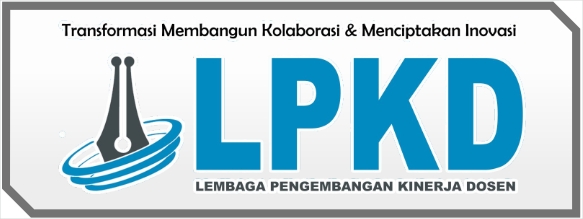Kajian Nilai pH Tanah pada Berbagai Toposekuen dan Kelas Lereng yang Berbeda pada Lahan Perkebunan Karet Rakyat di Kecamatan Pelepat Ilir, Kabupaten Bungo, Jambi
DOI:
https://doi.org/10.55606/jurritek.v2i2.2709Keywords:
actual and potential pH, soil fertility, Topografi and relief, limingAbstract
Soil pH value either with KCl solution or with H2O are two important indicators needed to describe soil acidity. This study aims to determine the distribution of soil pH values in smallholder rubber plantations with different land topography classes in Pelepat Ilir Subdistrict, Bungo Regency, Jambi Province. The study used a survey method with a toposequence concept approach at a semi-detailed level, where observation points were made based on the upper tread polypedon, middle tread polypedon, and lower tread polypedon at each level of percent slope 15-24%, 8-15%, and 3-8%, and flat tread polypedon at a percent slope of 0-3%. Ten composite soils were taken from a mixture of 3 individual soil samples at each polypedon using a soil drill at a depth of 0-30 cm from the soil surface. Soil pH value analysis was conducted in the laboratory on each composite. The results showed that the pH value of the soil with 1:2 H2O solution was very acidic, and acidic for 1:2.5 KCl solution. The distribution of soil pH values showed that the lower slope had a higher pH value than the middle slope, and the upper slope had the lowest pH. Soil pH values decreased as the slope increased, and soils with flat topography were considered more fertile than those with high slopes. This result can be a recommendation in determining liming and fertilization doses, where higher doses are required for high slope soils than flat soils for optimum agricultural yields.
References
Arthur, A., & Anti, D. O. (2022). Variations in Soil Physico-Chemical Properties as Influenced by Landuse in a Toposequence. Journal of Geoscience and Environment Protection, 10(08), 98–121. https://doi.org/10.4236/gep.2022.108008
Barrow, N. J., & Hartemink, A. E. (2023). The effects of pH on nutrient availability depend on both soils and plants. Plant and Soil, 487(1–2), 21–37. https://doi.org/10.1007/s11104-023-05960-5
Kusuma, Y. R., & Yanti, I. (2022). Pengaruh Kadar Air dalam Tanah Terhadap Kadar C-Organik dan Keasaman (pH) Tanah. Indonesian Journal of Chemical Research, 6(2), 92–97. https://doi.org/10.20885/ijcr.vol6.iss2.art5
M. Tahat, M., M. Alananbeh, K., A. Othman, Y., & I. Leskovar, D. (2020). Soil Health and Sustainable Agriculture. Sustainability, 12(12), 4859. https://doi.org/10.3390/su12124859
Neina, D. (2019). The Role of Soil pH in Plant Nutrition and Soil Remediation. Applied and Environmental Soil Science, 2019, 1–9. https://doi.org/10.1155/2019/5794869
Omokaro, G. O. (2023). A Review on the Impacts of Toposequence on Soil Properties. American Journal of Environment and Climate, 2(3), 114–120. https://doi.org/10.54536/ajec.v2i3.2209
Putri, M. D., Baskoro, D. P. T., Tarigan, S. D., & Wahjunie, E. D. (2017). Karakteristik beberapa sifat tanah oada berbagai posisi lereng. J. Il. Tan. Lingk, 19(2), 81–85. Retrieved from http://dx.doi.org/10.29244/jitl.19.2.81-85
Sunarti, S. (2011). Tingkat Kesesuaian Lahan di DAS Batang Bungo untuk Tanaman Karet. Hidrolitan, 2(2), 48–59.
Wang, A., Li, D., Huang, B., & Lu, Y. (2019). A Brief Study on Using pH H2O to Predict pH KCl for Acid Soils. Agricultural Sciences, 10(02), 142–149. https://doi.org/10.4236/as.2019.102012
Downloads
Published
How to Cite
Issue
Section
License
Copyright (c) 2023 Zuhri Multazam

This work is licensed under a Creative Commons Attribution-ShareAlike 4.0 International License.
















